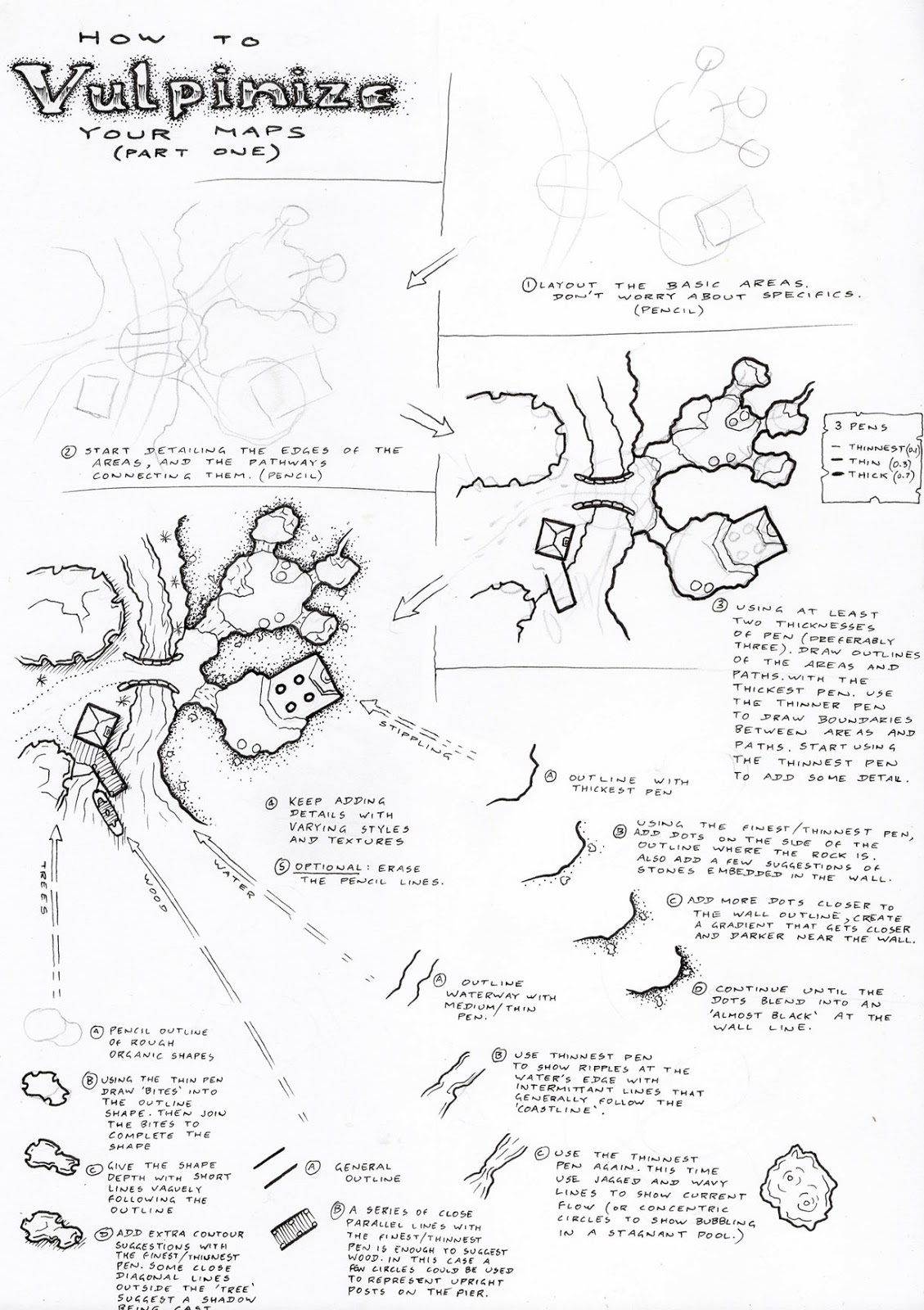A Fox's Guide to Conlangs (Part 4)
How does
the language feel?
Last post
I briefly touched on the way a language might develop with regards to the
environment in which it has been spoken. That basically gives an idea of the
types of sounds a language might be made up from. Vowels might be long or
short, they might have inflections in them halfway through their utterance.
Consonants have a plethora of ways they can change the sound of speech through
the shaping of the mouth, the variance of air flow, separation of lips,
placement of tongue and teeth.
There
has been a system of symbolism developed to describe the sound forms involved in
every language spoken on the planet, it is called the “International Phonetic
Alphabet”. While it’s great and comprehensive, it’s a cow of a thing to type on
a standard ‘qwerty’ keyboard. There are specific fonts that make it easier to
type, but even then I’d need to make sure that you had access to those fonts
and had them installed while reading this series of blog posts. Unless you’ve
had a bit of practice, reading things written in standard International
Phonetics can be a bit tricky too. With that in mind, I’ll be trying to stick
to standardized English/Roman lettering, maybe with a few unusual letter
combinations to add a bit more mystery to the final developed language. I’m not
just going to throw a string of random consonants together, and add in a bunch
of vowels at arbitrary points and some quirky punctuation, each sound used in
the language will be there for a reason (even if that reason is sheer laziness
on the part of certain speakers that has generally infected the wider vocabulary).
Let’s
look at a distribution of sound forms. I actually think we should probably take
note of zipf’s law before we go much further…
Zipf's law states that given some corpus of natural language utterances,
the frequency of any word is inversely
proportionalto its
rank in the frequency table. Thus the most frequent word will occur
approximately twice as often as the second most frequent word, three times as
often as the third most frequent word, etc. For example, in the Brown Corpus of
American English text, the word "the" is the most frequently occurring word, and
by itself accounts for nearly 7% of all word occurrences (69,971 out of
slightly over 1 million). True to Zipf's Law, the second-place word
"of" accounts for slightly over 3.5% of words (36,411 occurrences),
followed by "and" (28,852). Only 135 vocabulary items are needed to
account for half the Brown Corpus.
The same relationship occurs in many other
rankings unrelated to language, such as the population ranks of cities in
various countries, corporation sizes, income rankings, ranks of number of
people watching the same TV channel,[5] and so on.
- Wikipedia
(Wikipedia
may not be the most accurate source, but it often says the right general things
and provides a good starting point for people who want to do more research.)
Basically,
the more natural a language is, the more likely it is to conform to Zipf’s Law.
I’d be tempted to vaguely apply the law to the sound forms that make up the language.
It’s pretty common knowledge that the six most common letters used in the
English language are “E”, “T”, “A”, “O”, “I”, then “N” in that order, and that
the letters vary in other languages. So it might be worth considering what the
most common sounds are in a conlang. I know that letters aren’t sound forms,
but for the simplicity of typing the conlang’s wordforms, I’ll be using
standard letter forms (for the reasons described above). If we need new letter
forms, I’ll try to keep them simple (such as underlining letters with a
different pronounciation…which gives us 10 vowel types to play with and 42
consonant types).
So, I’m
going to be using standard lettering for the sound forms in this language (a
bit like the “romaji” form of Japanese), and I’m going to try to make sure the
sound forms follow a distribution where some are more common than others to give
the language a “natural” feel. I’m also going to make the language coherent and
capable of conveying meaning through the sounds and linguistic structure.
Perhaps even providing a guide to how that language might adapt other words
into it’s lexicon when it encounters a concept that it just doesn’t have the
words for (again probably taking cues from Japanese, which has some notoriety
in linguistic circles as a magpie tongue…almost as much as English).

.png)

Comments